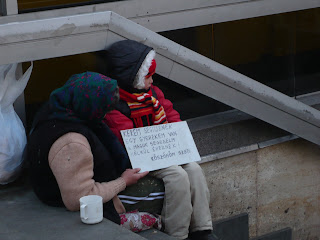


Today we went to the Parliament because wanted to take some photo for our team. The weather was a bit depressing but I was happy because I always wanted to visit the Parliament. When we arrived we had to check in at the seventh gate where we got entry cards. We got a very kind tour guide who showed us the most exciting places in the Parliament, for example the main staircase, the dome hall where are the Holy Crown, the scepter, the sword and the orb can be seen. Then we visited the lounge in the southern wing and the Deputy Council Chamber where the MPs hold their meetings.
The tour took about 60 minutes and it was very exciting for me because I learned many things. :)














































